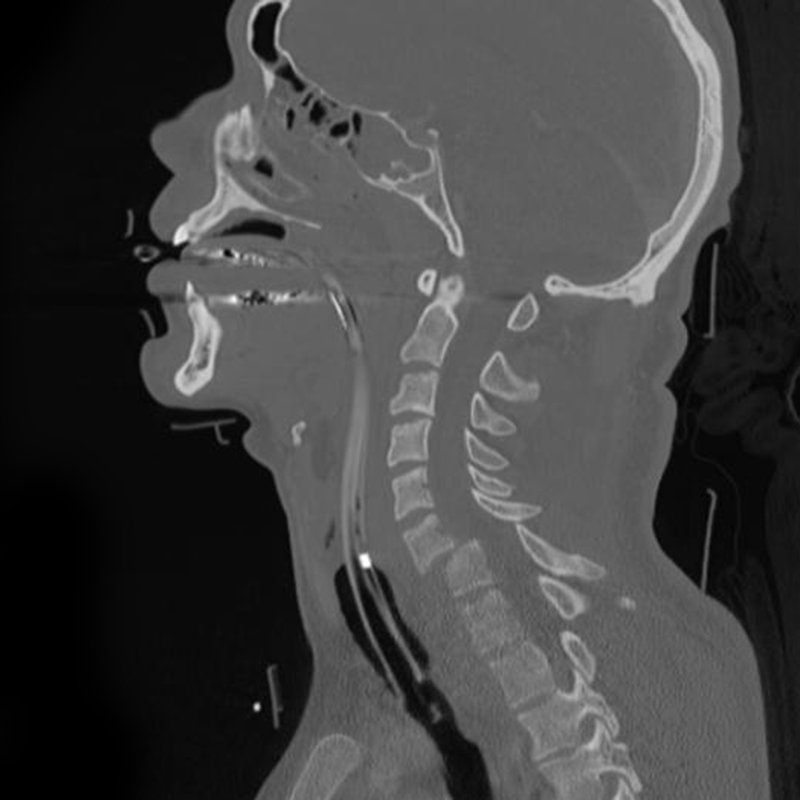The brain and spinal nerves communicate position sense and balanced equilibrium. Nerve interference cause unequal weight distribution, disharmony and stress to the body, muscles and joints. There two things that happen when you have a bone out of place in the spine. First, when the bone is out of place and twists the spine, it pinches the nerve. That doesn’t cause pain. It causes weakness. You have an energy, brain waves, that flow from above down, inside out, that comes from your brain through the spinal cord. If you’re choking off that nerve flow, whatever that nerve is going to will be weakened. The other thing that happens is that when the bone is out of place, it’s like having the front end of your car misaligned; the tires or axle wears out.
Dangers of Spine Surgery: What Doctors Won’t Tell You
 Low back pain has become a very common occurrence nowadays with over 12 million Americans visiting their doctors with complaints of chronic back pain every year; while over a 100 million visit a chiropractor.
Low back pain has become a very common occurrence nowadays with over 12 million Americans visiting their doctors with complaints of chronic back pain every year; while over a 100 million visit a chiropractor.
Problems with the spinal column can cause devastating effects on a person’s life. It deprives them of their mobility and flexibility. Even everyday activities become a challenge in some cases. With so many of such cases and the advancements in medical science, it is ironic to see a huge number of people being misdiagnosed and prescribed spinal surgery as the only treatment.
Spinal surgery itself carries around a 20% risk of a failure. Failed spinal surgeries often result in no improvement, worsened pain, and sometimes, even death.
General Physicians, spine specialists and orthopedic surgeons have proven in many cases that they have no clue as to the root causes of back problems. In a review of low back-pain causes, Andrew Frank, a physician in Rheumatology and Rehabilitation concluded ‘Up to 85% of patients with low back pain cannot be given a definitive diagnosis because of the poor associations between symptoms, signs, imaging results and pathological findings’ (BMJ, 3 April 1993).
Risks Associated with Specific Surgical Procedures
Apart from incorrect diagnoses, each type of spinal surgery procedure carries its own set of risks:
Laminectomy
A laminectomy requires removal of parts of a bone, bone spurs and ligaments from the back with the aim of relieving pressure on spine nerves. This procedure can result in a less stable spine, leading to another surgery.
Spinal Fusion
A spinal fusion procedure is the most common type of surgery carried out for back pains. A surgeon joins the vertebrae together to restrict movement between the spinal bones. This in turn limits the stretching of spine nerves.
An incomplete fusion requires the patient to undergo another surgery. Smoking on the other hand, increases the chances of an incomplete fusion to occur.
Foraminotomy
Foraminotomy requires a surgeon to remove a bone from the sides of the vertebrae in an attempt to widen the space for spine nerves.
This surgery can also cause the spine to lose stability.
Disc Replacement Surgery
A damaged spinal disc is removed and replaced by inserting an artificial disk. The introduction of a foreign object into the body always carries a risk of dislocation or breaking, leading to a hardware fracture.
Image used under Creative Commons Licensing: Flickr – Official U.S. Navy Imagery – A doctor performs surgery.jpg
Cervical Herniated Disc – Disc Injuries and Chiropractic Care
 Individuals, engaged in strenuous everyday tasks of lifting and shifting heavy loads, and operating machines and computers for long hours on end, run a high risk of experiencing spinal disc injuries. Injuries in the spine or neck region tend to cause extreme pain and hindrance in the movement of the back or neck. Cervical herniated disc is a medical condition in which the patient feels excruciating pain in the neck, due to a slipped disc. Chiropractors provide invasive treatment methods for relieving the pain in the neck and spinal areas of the body.
Individuals, engaged in strenuous everyday tasks of lifting and shifting heavy loads, and operating machines and computers for long hours on end, run a high risk of experiencing spinal disc injuries. Injuries in the spine or neck region tend to cause extreme pain and hindrance in the movement of the back or neck. Cervical herniated disc is a medical condition in which the patient feels excruciating pain in the neck, due to a slipped disc. Chiropractors provide invasive treatment methods for relieving the pain in the neck and spinal areas of the body.
What Is A Cervical Herniated Disc?
It is a medical condition, in which the individual suffers from extreme pain in the neck, and sometimes shoulder region, due to a slipped disc or pressure on a nerve. Cervical herniated disc injuries are less common than a lumbar herniated disc, which affects the lower region of the body. A cervical herniated disc condition is in the neck region of the body.
The 7 applicable vertebra of the spine are termed as C1 to C7, in a descending manner, for medical convenience. Between every two vertebra, a disc is located which serves as shock absorbers for the spine. The exertion and pressure on the neck and spine of the body causes swelling or bulging of the disc which might in extreme cases, even cause the disc to rupture, resulting in severe disc injuries.
The swelling and bulging of the disc exerts pressure on the nerves, which results in extreme pain in the neck and back region, hampering movement of the affected individual. A slipped disc or cervical herniated disc in the vertebra segment of C4 to C5 causes nerve root impingement, which results in pain in the upper shoulder or arm, hindering movement. Any swelling in the cervical segment of C5 to C6 results in weakening the front arm muscles, also called biceps, and causes a numbing and tingling pain in the wrist. It is the most common area in which a cervical herniated disc condition occurs.
The herniation of the discs in the C6 to C7 vertebra results in creating painful sensations in the back muscles of the arm, also called triceps, which extends all over the hand, causing pain up to the fingers. Any disc herniation in the C7 to T1 region, results in affecting the control and grip of the hand, with a tingling pain and numb sensation throughout.
Chiropractic Care
Chiropractic care and treatment methods are highly effective for different musculoskeletal disorders and spinal disc injuries, experienced by individuals because of over exertion and engagement in strenuous activities. Chiropractors provide services for joint and muscle adjustment and pain relief.
Image used under Creative Commons Licensing: Cervical fracture dislocation C6-C7.jpeg
